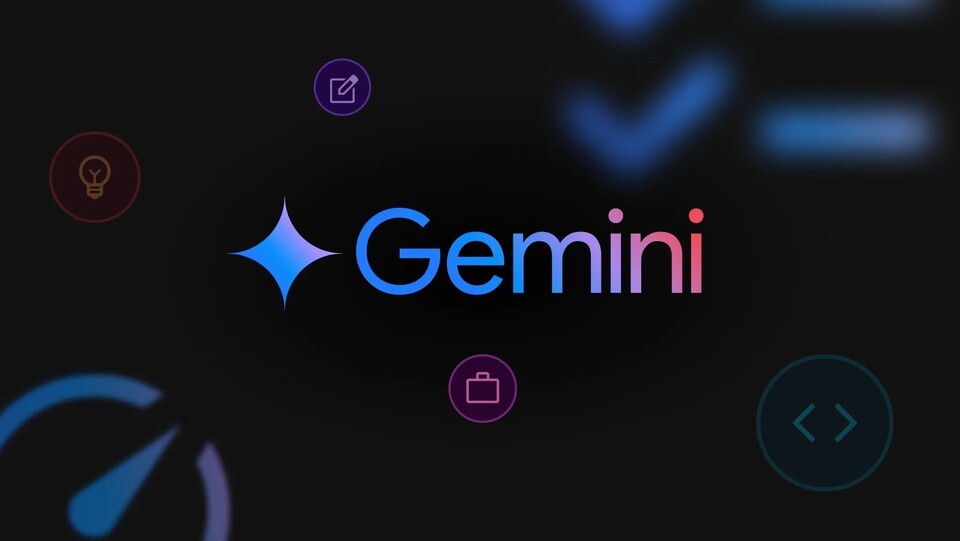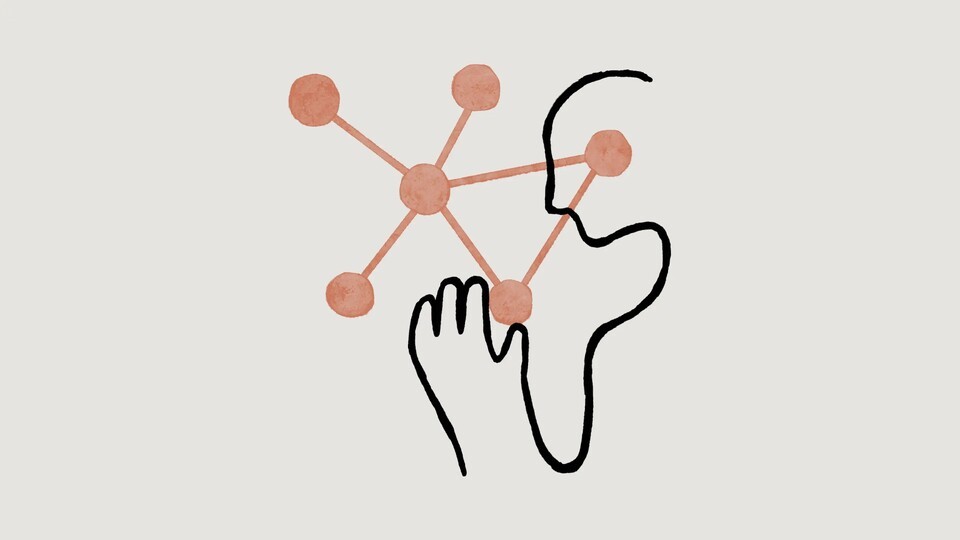The landscape of generative artificial intelligence (AI) tools is rapidly diversifying. New types of tools such as chatbots, document summarizers, code assistants, and image generators are emerging daily. Major models like Claude, Gemini, ChatGPT, and Copilot are continuously being updated.
However, experts now argue that debates about which model is superior are becoming less relevant. The key lies in how to combine the unique traits and strengths of each AI to apply them effectively to work. A prime example is the parallel utilization of Claude 4 and Gemini 2.5.
The two models have distinctly different functions and characteristics. One excels in logical writing and emotional persuasion, while the other is optimized for rapid processing of large data sets. By dividing their application according to workflow, it is possible to enhance both the accuracy and completeness of AI utilization.

Gemini, developed by Google, is a large-scale language model. It can process large documents at once, with input sizes ranging from one to two million tokens, equivalent to dozens of typical office documents. It is adept at summarizing or deriving patterns from thousands of data points such as customer reviews, surveys, chat logs, and PDF reports.
For example, if a marketing team collects 5,000 customer reviews, Gemini can quickly analyze them to identify complaint patterns, recurrent keywords, and sentiment scores. Complex pre-processing is unnecessary for producing concise data summaries.
Furthermore, Gemini goes beyond mere numerical summaries, offering keyword analysis and categorization clustering. It can, for instance, verify if “delivery delay” issues recur with a particular brand’s products or examine how review sentiments vary by region.

Claude, developed by Anthropic, is characterized by its exceptional language structuring and reasoning capabilities akin to human thought. Its strengths lie particularly in story composition that considers emotions and context.
When analysis results summarized by Gemini are transferred to Claude, it can create high-quality documents such as strategic reports, slide presentations, and marketing copy. These documents are not mere lists of information but are constructed with logical progression and emotional persuasion.
For instance, a product planning team could use Gemini to extract customer complaint data and request Claude to draft a “new product proposal reflecting customer grievances.” Claude would compose a proposal document, analyzing why customers feel a certain way and suggesting improvements based on the data.
Additionally, Claude’s memory feature makes it suitable for long-term projects. It retains information about specific brands or product lines and can maintain a consistent document tone using previous documents as reference.
In the corporate environment, the use of generative AI extends beyond simply drafting documents to encompass comprehensive deployment across departments. The combination of Gemini and Claude is expanding its application range by clearly delineating roles by job function.
The marketing department utilizes Gemini to collect data from various channels like online reviews and social media mentions, identifying key concepts. Claude then crafts campaign slogans and targeting strategies that reflect consumer sentiments. This structure combines data-driven statistics with emotion-based messaging.
The human resources department uses Gemini to summarize internal satisfaction surveys or organizational culture questionnaires, then employs Claude to document improvement plans and policy directions. This makes it suitable for crafting documents intended for executive reports or board presentations.
The content production department uses Gemini to organize ideas, while Claude restructures these into scripts or narrative forms. This collaboration spans from the beginning to the end of production, especially useful for YouTube content, advertising scripts, and client training videos.
By consolidating vast information through Gemini and crafting impactful messages via Claude, this parallel approach receives high praise for both productivity and consistency compared to relying on a single AI model.
Many users still rely solely on the performance of a single model. However, for complex tasks like automating work, preparing documents, or analyzing customers, a single model has clear limitations since repetitive tasks and emotional persuasion require different capabilities.
Experts refer to a method of using AI like team members with divided roles as a “multi-agent collaboration structure.” By integrating feedback between Claude and Gemini, where Claude logically reviews summaries created by Gemini, further requests adjustments, and Gemini incorporates these changes, the quality can improve significantly.
The evolution of generative AI is shifting from model competition to competition in usage strategies. The precise combination of strategies rather than reliance on a single model defines tangible success today. The strategy and execution by AI users can make a decisive impact on the results.